Introduction to Cabinet Electronic Locks
Cabinet electronic locks are sophisticated security devices designed to safeguard contents within various storage units. These locks utilize electronic mechanisms to control access, offering a higher level of security compared to traditional mechanical locks. This category encompasses a range of locking systems tailored for different applications, ensuring valuables are protected with advanced technology.
Types and Applications
The versatility of cabinet electronic locks is evident in their various types, each serving distinct purposes. Lockboxes, for instance, are secure enclosures with integrated electronic locks, ideal for safeguarding personal valuables. In contrast, electronic smart locks cater to a more tech-savvy user, allowing door access control via smartphones, enhancing convenience without compromising security. Specialized forms such as electronic window locks and steering wheel locks serve to secure windows and vehicles, respectively, showcasing the wide applicability of these electronic security solutions.
Features and Materials
The construction of cabinet electronic locks involves robust materials such as hardened steel and tamper-resistant alloys, ensuring durability and resistance to physical attacks. Features may include keyless entry, remote access, and user authentication methods like PIN codes or biometrics, which provide a seamless yet secure user experience. The integration of electronic components allows for audit trails, tracking access and attempted entries, a crucial feature for sensitive applications.
Advantages of Electronic Locking Mechanisms
The adoption of cabinet electronic locks offers numerous advantages. Unlike traditional locks, these electronic variants provide enhanced security through encrypted access codes and the ability to change user permissions swiftly. The convenience of remote management and the elimination of physical keys reduce the risk of unauthorized access due to key duplication or loss. Additionally, the electronic nature of these locks allows for integration with broader security systems, offering a comprehensive approach to asset protection.
Selection Considerations
When selecting a cabinet electronic lock, considerations should include the specific security requirements of the application, the desired features, and the compatibility with existing systems. It is essential to evaluate the lock's resistance to various bypass methods and its reliability over time. Prospective users should also consider the ease of use, especially in environments where access is frequently changed or monitored.
Conclusion
In conclusion, cabinet electronic locks represent a modern solution to secure storage needs across various settings. From personal valuables to commercial assets, these locks provide a blend of convenience and robust security, making them a valuable addition to any security system. As the demand for advanced protection grows, the evolution of electronic locks continues to offer innovative ways to safeguard possessions effectively.
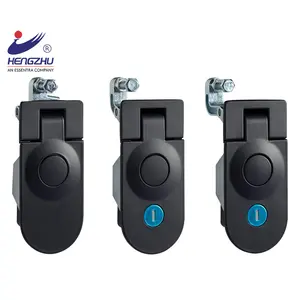












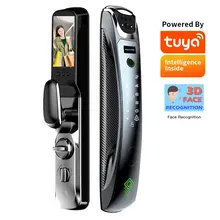
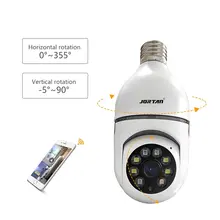

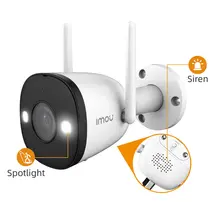



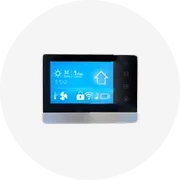
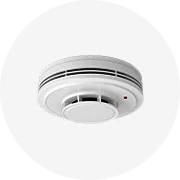
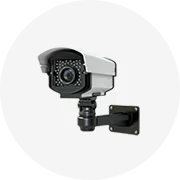
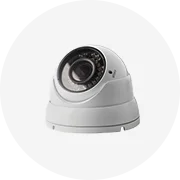

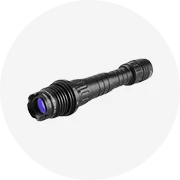
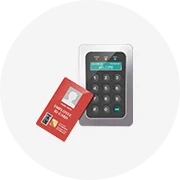
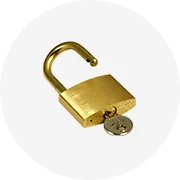








 浙公网安备 33010002000092号
浙公网安备 33010002000092号 浙B2-20120091-4
浙B2-20120091-4